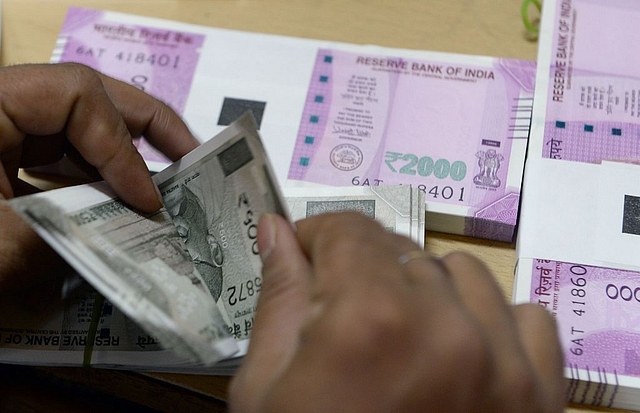
As Postal & Bank FD Rates Head South, Savers Must Re-Examine ‘Safety-First’ Motto
Unless you are a senior citizen, time for lazy and safe investing is now up
The Reserve Bank will announce its monetary policy this Thursday (6 April), but there is no need to expect any pleasant surprises like a cut in interest rates. Reason: the action has moved elsewhere.
Thanks to demonetisation, the huge inflows of deposits helped banks cut interest rates. Thus, even while the RBI held rates and even indicated that its monetary policy had moved from “accommodative” (meaning, scope for some rate cuts) to “neutral” (little scope for cuts) in February, interest rates have remained benign.
On 31 March, the spotlight moved away from banks once more, with the government cutting interest rates on small post office savings schemes. Now, barring the Senior Citizen’s Savings Scheme and the Sukanya Samriddhi Account (for the girl child), which are driven by safety net and social logic, there is no post office scheme paying even 8 per cent. The psychological barrier of 8 per cent has been breached on the downside, with even the venerable Public Provident Fund (PPF) biting the dust at 7.9 per cent.
The PPF is still worth it, since it is tax-free, but almost all other schemes – which are taxable – have now lost their sheen.
The State Bank of India’s deposit rates are in the region of 6.5-7 per cent for various maturities, and even ICICI Bank and HDFC Bank are more or less in this range at the top end of deposits. Senior citizens get a quarter percent more, which means the top deposit rate will be 7.25 per cent. Airtel Payments Bank offers that kind of rate on deposits up to Rs 1 lakh.
In contrast, post office time deposit schemes are in the range of 6.9 per cent (for one year) to 7.6 percent (for five years), making the top bank fixed deposit rate somewhere in the middle of the postal savings rates range.
For sheer convenience, thus, bank deposits don’t look all that bad. Assuming banks want to grow their loan books in the future, they will have to cut deposit rates further in order to keep their margins on lending rates. They will begin cutting lending rates when their bad loans start melting into the distance and fresh capital is injected into them.
For savers, this means they have to start looking beyond safety, especially if they are the top tax bracket. Post-tax, returns drop to a range of just over five per cent. How much is a safe five per cent return worth when retail inflation is just over a percentage point below that level, and possibly set to rise?
Not taking risks is thus getting riskier for the risk-averse.
Tax-free bonds with maturities going upto 2027 and 2029 offer better yields of over 6 percent, and tax-free.
Investors can also shift to mutual fund fixed maturity plans (which offer better tax advantages), debt funds, and balanced funds, which are spiced up with equity. At a time when the equity markets are buoyant, balanced funds with over 60 per cent equity may be riskier than FDs, but they also offer the advantage of tax-free returns after one year.
The time for lazy and safe investing is coming to a close. Some risk is unavoidable to improve returns. Only senior citizens will now find the safety first motto still working, but it may not last long.